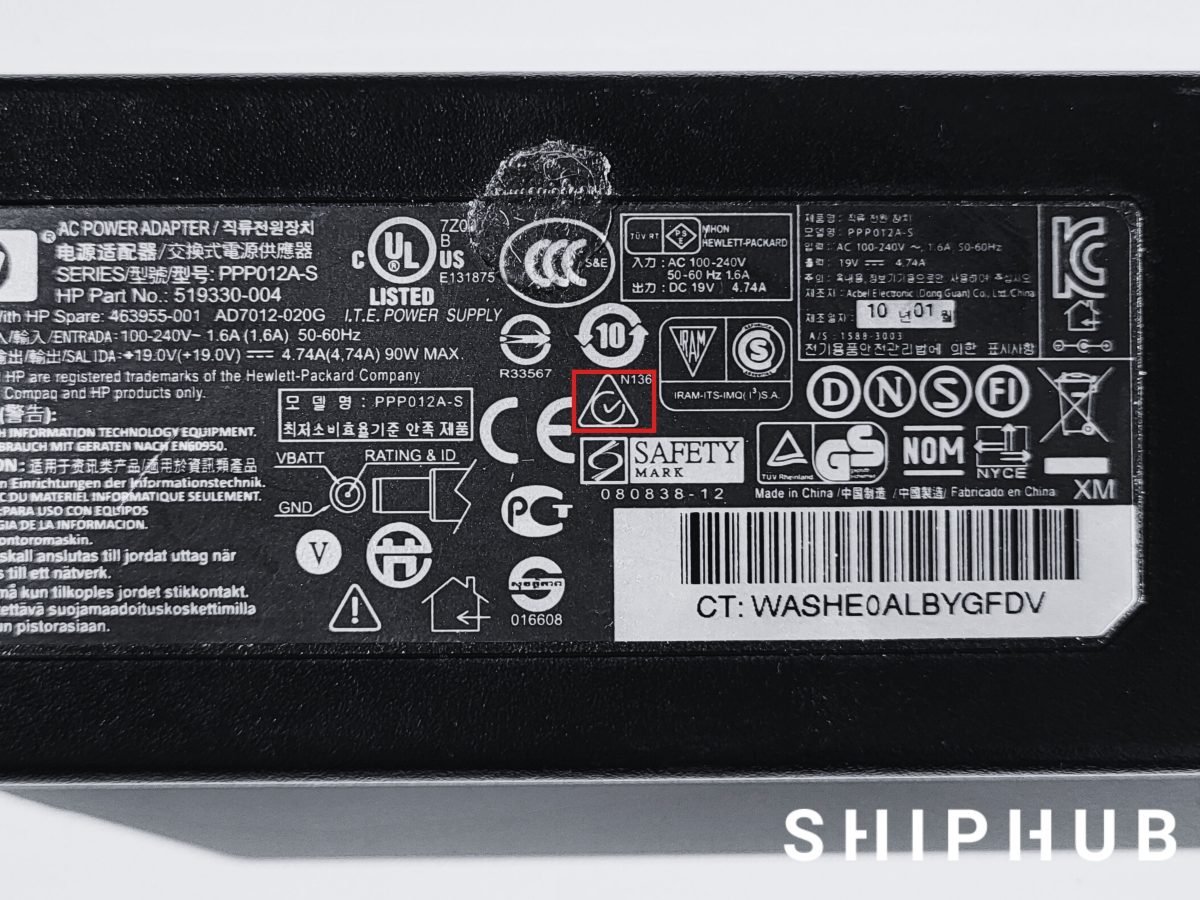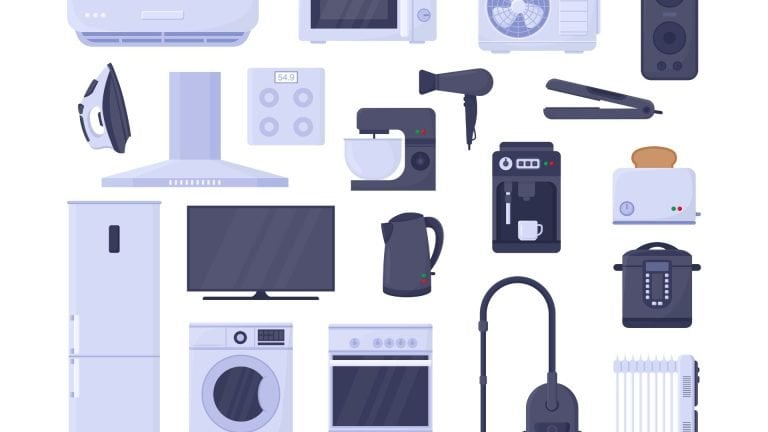In the global market, manufacturers must ensure product compliance with relevant safety regulations and standards. One of the significant markings used in Australia and New Zealand is the Regulatory Compliance Mark (RCM). This article will outline the significance of the RCM, its relationship with other systems, the procedures for obtaining it, and its importance for businesses and consumers.
What is the RCM Mark?
The Regulatory Compliance Mark (RCM) is a marking used in Australia and New Zealand to confirm a product’s compliance with electrical safety regulations, electromagnetic compatibility, and telecommunications requirements. Obtaining this mark requires meeting specific standards, registration in relevant databases, and subjecting the product to appropriate testing. It assures consumers that the product has been tested and meets all applicable safety and functionality standards and regulations.

What products need the RCM label?
The RCM Mark can be applied to a wide range of electrical and electronic products, including:
- Household appliances (e.g., washing machines, refrigerators)
- Electronic devices (e.g., computers, phones)
- Electric lighting (e.g., lamps, light bulbs)
- Power tools (e.g., drills, lawnmowers)
- Telecommunication equipment (e.g., routers, televisions)
- Medical devices (e.g., electrocardiographs, X-ray machines)
- Laboratory equipment (e.g., spectrometers, meters)
- Electrical accessories (e.g., electrical outlets, extension cords)
- Industrial equipment (e.g., production machines, robots)
- Renewable energy products (e.g., photovoltaic panels, electric vehicle chargers)

In Australia and New Zealand, RCM marking is required on products divided into three categories: Level 1 (low-risk products), Level 2 (medium-risk products), and Level 3 (high-risk products).
The general requirements for the use of the RCM marking, including the location of the marking on the equipment and its dimensional requirements, are specified by the Australian standards AS/NZS 4417.1 and AS/NZS 4417.2, “Marking of electrical products to indicate compliance with regulations—General rules for use of the mark.”
ACMA, ERAC, and the EESS System
The Australian Communications and Media Authority (ACMA) and the Electrical Regulatory Authorities Council (ERAC) are two institutions in Australia that regulate and oversee the technological and electrical sectors.
ACMA regulates telecommunications requirements and electromagnetic compatibility (EMC). According to these regulations, products must meet specified standards to obtain the RCM Mark.
ERAC, on the other hand, is responsible for regulating the safety of electrical devices. Under the EESS, ERAC oversees the registration of manufacturers and importers of electrical devices and ensures they comply with safety regulations. The RCM Mark is required for products subject to the EESS.
The EESS is a joint management system for Australia and New Zealand. It integrates the registration of manufacturers and importers and provides transparency and market monitoring for electrical products. Under this system, manufacturers must register in the appropriate databases and obtain the RCM Mark for their products to be legally sold in the Australian and New Zealand markets.
Requirements for the RCM (Regulatory Compliance Mark)
- The product must meet the relevant standards for electrical safety, electromagnetic compatibility (EMC), and telecommunications regulations (if applicable).
- The manufacturer or importer must register in the national database of the EESS (Electrical Equipment Safety System) managed by ERAC.
- The product must undergo appropriate testing and obtain relevant certificates or conformity assessment reports confirming compliance with the required standards.
- The manufacturer must prepare a Declaration of Conformity, confirming the product’s compliance with the requirements.
Procedure for obtaining the RCM Mark – step-by-step guide
- Registering in the national database of the EESS system.
- Assess the product’s compliance with the required standards for electrical safety, EMC, and telecommunications regulations (if applicable).
- Performing necessary laboratory tests or other examinations to confirm the product’s compliance.
- Gathering documentation confirming the product’s compliance, including certificates or conformity assessment reports and the Declaration of Conformity.
- Placing the RCM label on the product according to requirements regarding its location, size, and readability.
- Preparing internal documentation confirming the compliance of the production process with regulatory requirements.
- Regularly updating information in the EESS database and monitoring the product’s compliance with regulations.
Why and when is it worth obtaining the RCM Mark?
Obtaining the RCM label is essential for manufacturers of electrical and telecommunications devices. It ensures their compliance with Australian and New Zealand safety and electromagnetic compatibility requirements. It is necessary if they intend to introduce their products to the Australian and New Zealand markets. The RCM guarantees that the products meet the relevant standards and regulations, building consumer trust and avoiding penalties for non-compliance with regulations.
If you import electrical and telecommunications devices to Australia and New Zealand, make sure your products comply with local laws and have the RCM label affixed.



